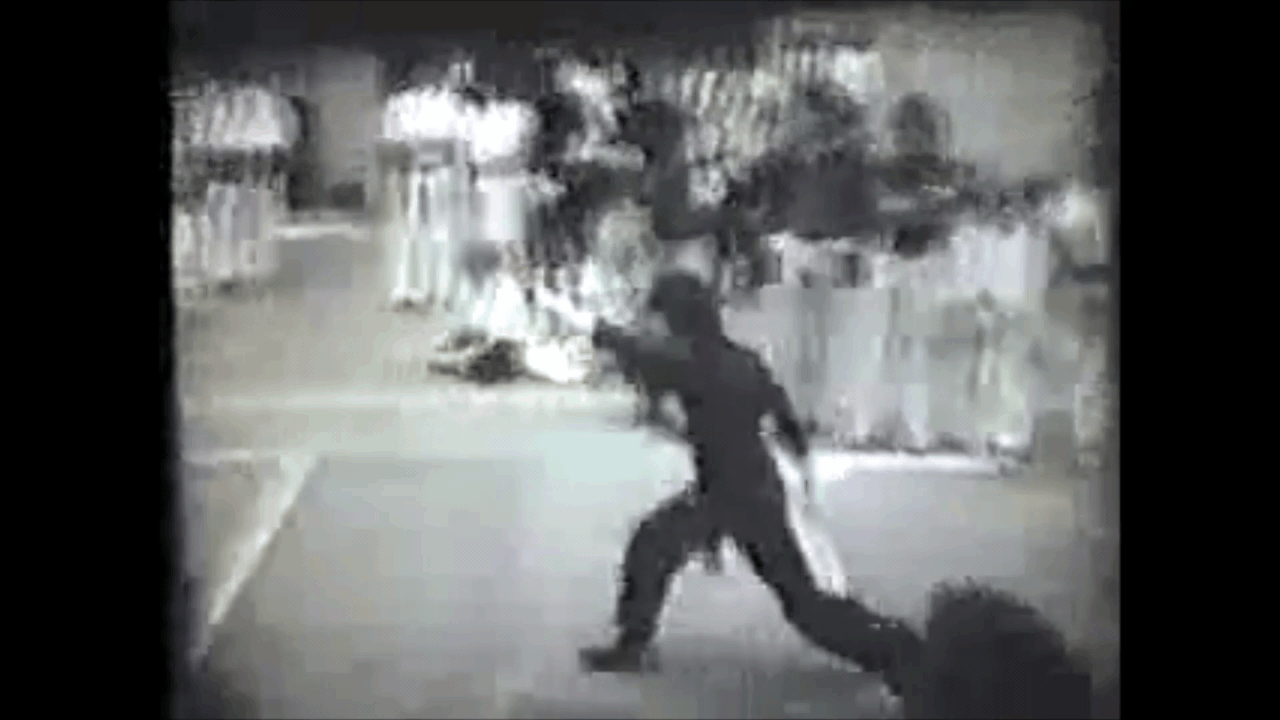In my organization we like many other places ive seen spent a lot of time cumulatively walking up and down the mat in the various stances.
For us we were taught that our head should remain level as we move through our stances. So if we’re walking in zenkutsu dachi, your front leg remains bent until the rear foot comes level with it at which point the (previously) front straightens to push you forward.
Just curious if this is how everyone else learned to do these exercises.
For us we were taught that our head should remain level as we move through our stances. So if we’re walking in zenkutsu dachi, your front leg remains bent until the rear foot comes level with it at which point the (previously) front straightens to push you forward.
Just curious if this is how everyone else learned to do these exercises.

